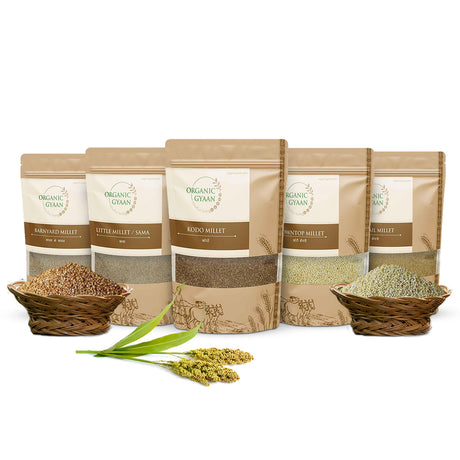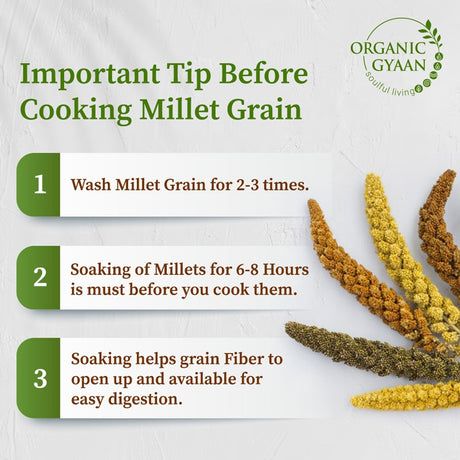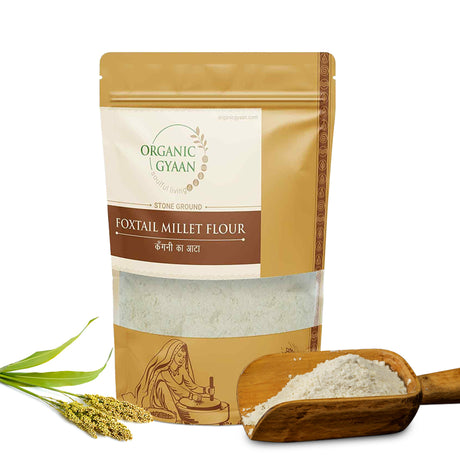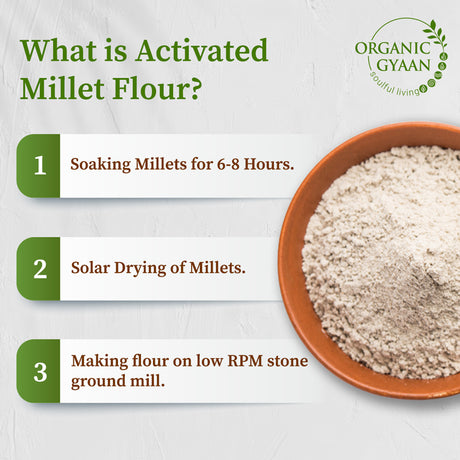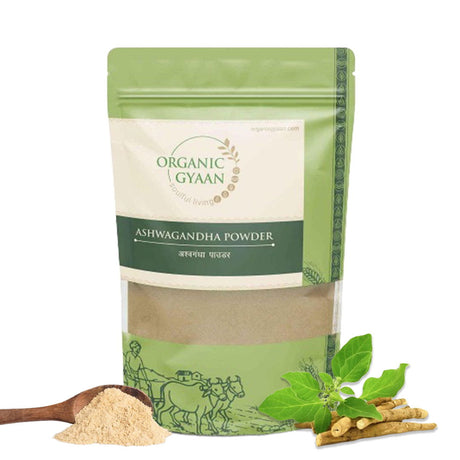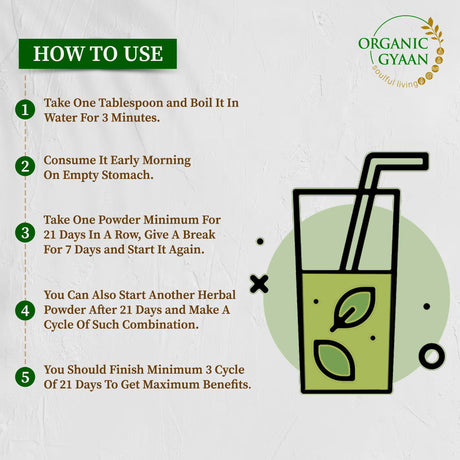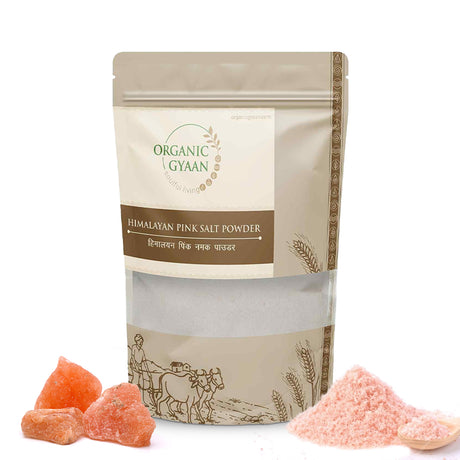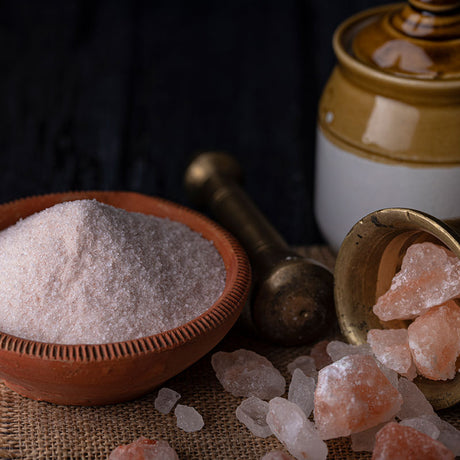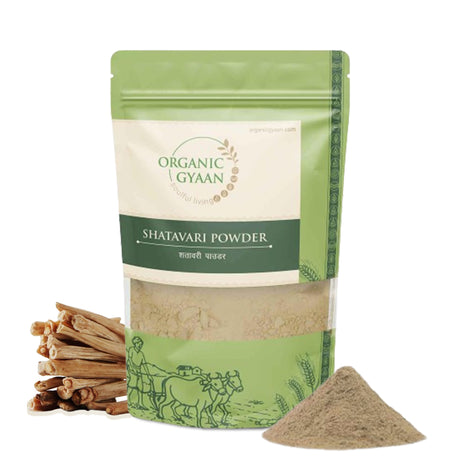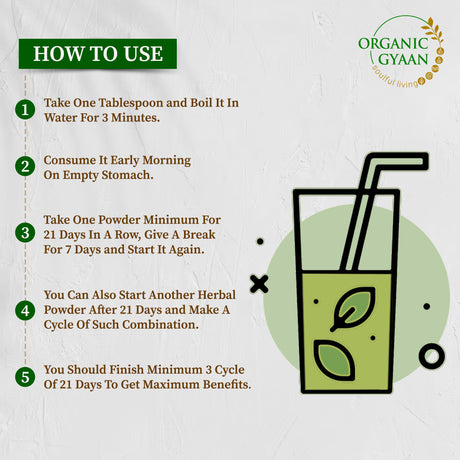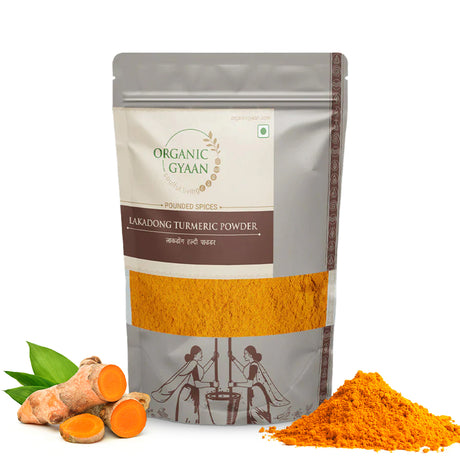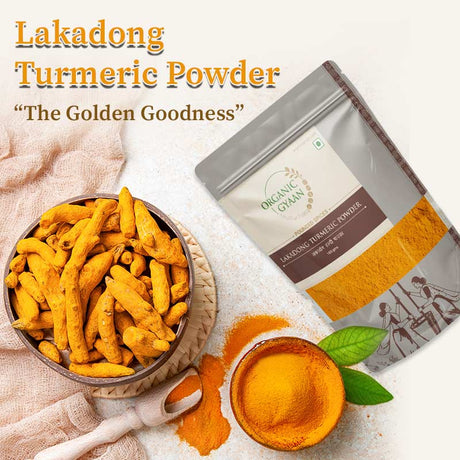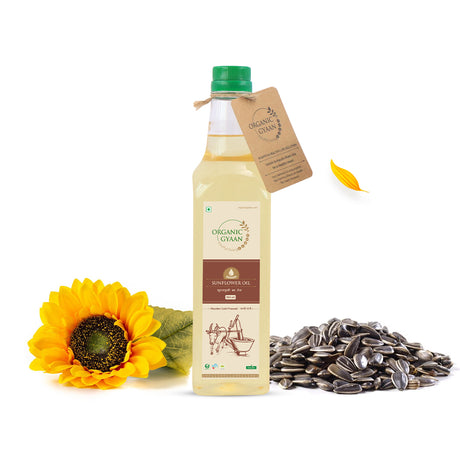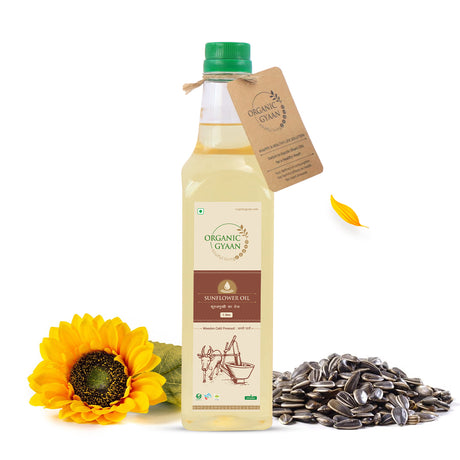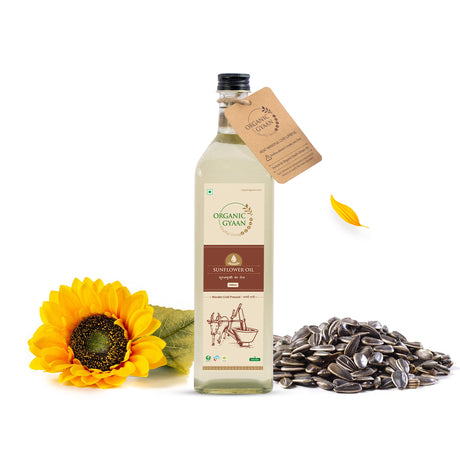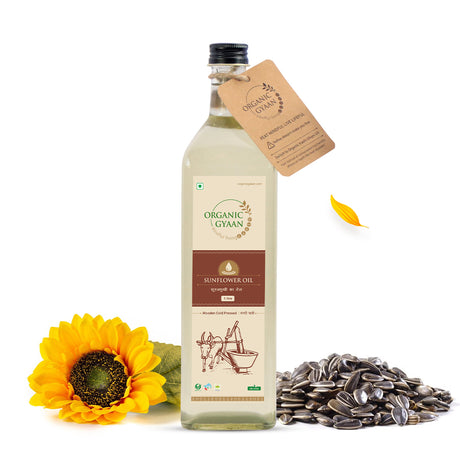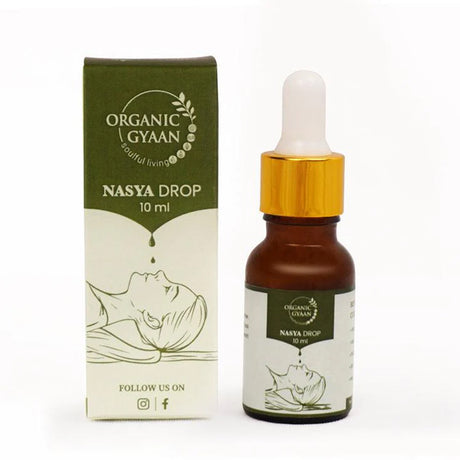क्या आप जानते हैं कि 7,000 साल पहले उगाई गई एक फसल आधुनिक टिकाऊ कृषि और पोषण की आधारशिला हो सकती है? बाजरा, जो अक्सर समकालीन खाद्य पदार्थों की तुलना में फीका पड़ जाता है, एक जबरदस्त वापसी कर रहा है, जो स्वास्थ्य के प्रति जागरूक और पर्यावरण के अनुकूल कृषि पद्धतियों के एक नए युग की शुरुआत कर रहा है।
जैविक बाजरा का परिचय
बाजरा, कई छोटे बीज वाली घासों के लिए सामूहिक शब्द है, जो न केवल अपने पोषण संबंधी गुणों के लिए बल्कि अपने लचीलेपन और न्यूनतम पर्यावरणीय प्रभाव के लिए भी पूजनीय है। सिंथेटिक कीटनाशकों या उर्वरकों के बिना उगाए गए, जैविक बाजरा पारंपरिक ज्ञान और टिकाऊ कृषि पद्धतियों के बीच तालमेल का प्रतीक है।
पोषण और पर्यावरण संबंधी उत्कृष्टता का अनावरण
बाजरा पोषक तत्वों का खजाना है, जो प्रोटीन, आहार फाइबर, विटामिन और खनिज, विशेष रूप से मैग्नीशियम, पोटेशियम और आयरन प्रदान करता है। पोषण के अलावा, जैविक बाजरा की खेती जैव विविधता को बढ़ावा देती है, पानी का संरक्षण करती है और मिट्टी के स्वास्थ्य में सुधार करती है, जिससे वे टिकाऊ कृषि का एक प्रतीक बन जाते हैं।
1. बाजरे का पोषण मूल्य: फाइबर से भरपूर और ग्लूटेन-मुक्त बाजरा आधुनिक प्रसंस्कृत खाद्य पदार्थों के प्रतिकूल प्रभावों के बिना आवश्यक पोषक तत्व प्रदान करता है। उनका कम ग्लाइसेमिक इंडेक्स भी उन्हें रक्त शर्करा के स्तर को प्रबंधित करने के लिए आदर्श बनाता है।
2. टिकाऊ खेती के तरीके: बाजरे को पारंपरिक फसलों की तुलना में काफी कम पानी की आवश्यकता होती है, जो उन्हें सूखाग्रस्त क्षेत्रों के लिए आदर्श बनाता है। खराब मिट्टी में पनपने की उनकी क्षमता रासायनिक उर्वरकों की आवश्यकता को कम करती है, जिससे एक स्वस्थ पारिस्थितिकी तंत्र को बढ़ावा मिलता है।
खेत से खाने की मेज़ तक का सफ़र
खेत से लेकर खाने की मेज़ तक जैविक बाजरे की यात्रा स्थिरता और स्वास्थ्य के प्रति प्रतिबद्धता को दर्शाती है। यहाँ बताया गया है कि ये प्राचीन अनाज आपकी थाली तक कैसे पहुँचते हैं:
1. खेती: जैविक बाजरे की यात्रा खेतों में शुरू होती है, जहाँ उन्हें सदियों पुरानी खेती की तकनीकों का उपयोग करके उगाया जाता है जो प्राकृतिक पर्यावरण का सम्मान और संवर्धन करते हैं। पारंपरिक खेती के विपरीत, जो अक्सर रासायनिक इनपुट पर बहुत अधिक निर्भर करती है, जैविक बाजरे की खेती प्राकृतिक खाद, खाद और पीढ़ियों से संरक्षित पारंपरिक बीज किस्मों का उपयोग करती है। यह दृष्टिकोण मिट्टी के स्वास्थ्य का समर्थन करता है, प्रदूषण को कम करता है, और स्थानीय जैव विविधता को संरक्षित करता है, जिससे एक ऐसी फसल की नींव रखी जाती है जो टिकाऊ और पौष्टिक दोनों होती है।
2. कटाई और प्रसंस्करण: एक बार परिपक्व होने के बाद, बाजरे की कटाई बहुत सावधानी से की जाती है, अक्सर हाथ से, ताकि अनाज की गुणवत्ता और अखंडता बनी रहे। यह श्रम-गहन प्रक्रिया फसल और भूमि दोनों को न्यूनतम नुकसान सुनिश्चित करती है। कटाई के बाद, बाजरे को न्यूनतम प्रसंस्करण से गुजरना पड़ता है - बस इतना ही कि वे अपने पोषण तत्वों को बनाए रखते हुए खाने के लिए तैयार हो जाएं। अत्यधिक संसाधित अनाज के विपरीत, जैविक बाजरा अपने चोकर और अंकुर को बरकरार रखता है, यह सुनिश्चित करता है कि उनके विटामिन, खनिज और फाइबर संरक्षित हैं।
3. वितरण: जैविक बाजरा का वितरण किसानों को ऐसे उपभोक्ताओं से जोड़ने में एक महत्वपूर्ण कदम है जो स्थिरता और स्वास्थ्य को महत्व देते हैं। सहकारी समितियों, स्थानीय बाजारों और सीधे उपभोक्ता तक पहुंचने वाले प्लेटफॉर्म के माध्यम से, जैविक बाजरा उन लोगों तक पहुंचता है जो इसके पारिस्थितिक और पोषण संबंधी लाभों की सराहना करते हैं। इस कदम में अक्सर निष्पक्ष व्यापार प्रथाएँ शामिल होती हैं, जिससे यह सुनिश्चित होता है कि छोटे पैमाने के किसानों को उनके श्रम के लिए उचित मुआवज़ा मिले, जिससे ग्रामीण समुदायों में आर्थिक स्थिरता को बढ़ावा मिले।
4. उपभोग: खेत से खाने की मेज़ तक की यात्रा का अंतिम चरण उपभोग है। जैसे-जैसे उपभोक्ता ऐसे खाद्य पदार्थों की तलाश कर रहे हैं जो न केवल स्वस्थ हों बल्कि पर्यावरण के लिए भी जिम्मेदार हों, जैविक बाजरा ने मेज़ पर जगह बना ली है। इन प्राचीन अनाजों को अपने आहार में शामिल करके, व्यक्ति एक स्थायी खाद्य प्रणाली में योगदान करते हैं और कई स्वास्थ्य लाभों का आनंद लेते हैं। बाजरे की समृद्ध सांस्कृतिक विरासत का जश्न मनाने वाले पारंपरिक व्यंजनों से लेकर आधुनिक स्वाद को पूरा करने वाले अभिनव व्यंजनों तक, बाजरा हर भोजन में बहुमुखी प्रतिभा और पोषण प्रदान करता है।
अपने आहार में बाजरा शामिल करें
अपने आहार में जैविक बाजरा शामिल करना जितना आप सोचते हैं उससे कहीं ज़्यादा आसान है। चाहे वह स्वादिष्ट दलिया हो, ताज़ा सलाद हो या हार्दिक रोटी, बाजरा बहुमुखी प्रतिभा प्रदान करता है जो किसी भी भोजन को समृद्ध कर सकता है। आरंभ करने के लिए यहां कुछ सुझाव दिए गए हैं:
1. कम मात्रा से शुरू करें: अपने आहार में बाजरे को धीरे-धीरे शामिल करें, तथा अपने पसंदीदा बाजरे को खोजने के लिए विभिन्न प्रकार के बाजरे का प्रयोग करें।
2. व्यंजनों की खोज करें: पारंपरिक व्यंजनों से लेकर समकालीन पाककला तक, बाजरा आधारित व्यंजनों की खोज करने के लिए कोई कमी नहीं है।
3. जैविक का समर्थन करें: जैविक बाजरा चुनकर, आप टिकाऊ कृषि पद्धतियों का समर्थन करते हैं और एक स्वस्थ ग्रह में योगदान करते हैं।
निष्कर्ष: सच्चाई का एक दाना
खेत से लेकर खाने की मेज़ तक जैविक बाजरे की यात्रा हमारी आधुनिक दुनिया में प्राचीन अनाजों के स्थायी मूल्य का प्रमाण है। बाजरे को अपनाकर हम न केवल खुद को बल्कि ग्रह को भी पोषण देते हैं, जिससे एक ऐसा भविष्य तैयार होता है जहाँ पोषण और स्थिरता साथ-साथ चलते हैं।
बाजरे के पुनर्जागरण में शामिल हों और खोज, स्वास्थ्य और स्थिरता की यात्रा पर निकलें। जैविक बाजरे की दुनिया का अन्वेषण करें, नए व्यंजनों के साथ प्रयोग करें और अधिक टिकाऊ और स्वस्थ भविष्य की दिशा में आंदोलन का हिस्सा बनें।


